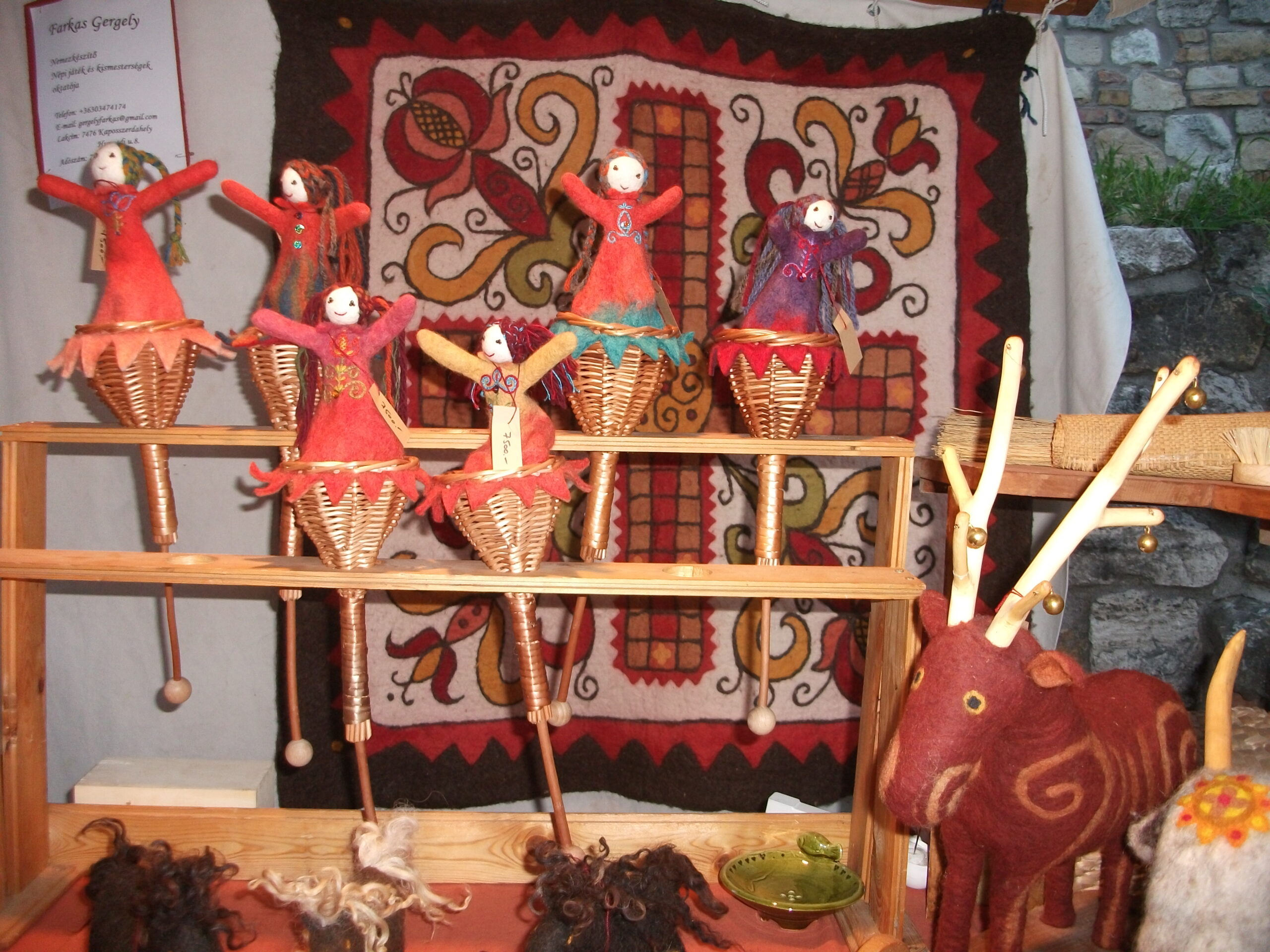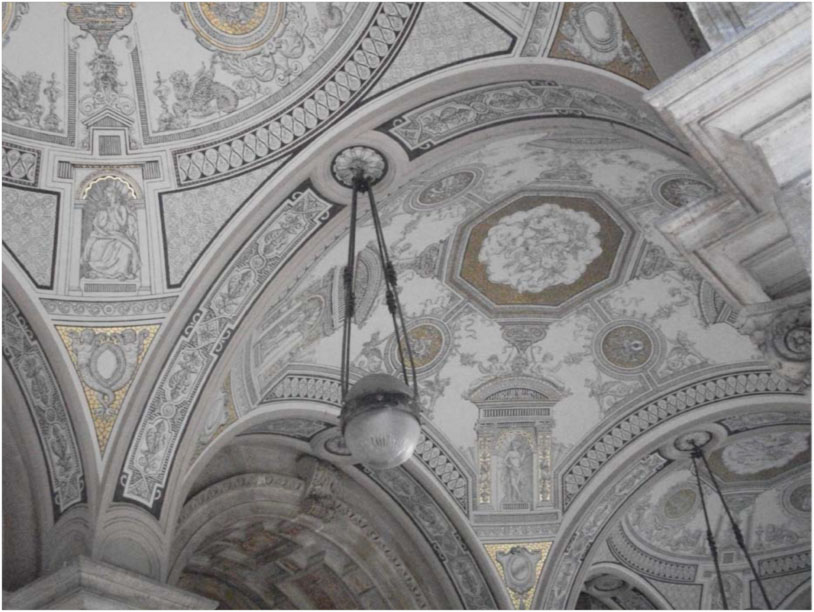
Chaque année, le Festival Folk Arts de Budapest se déroule sur la colline de Buda.
Quelques exemples d’artisanat hongrois présent au Festival :
Sculpture sur os : petits objets fabriqués traditionnellement par les paysans et les bergers.
Le travail du bois : il trouve son origine dans le bassin des Carpates où l’on trouve de nombreux artisans : charpentiers, bardeaux, tonneliers, ébénistes qui fabriquent des meubles peints et gravés avec des motifs des Carpates.
Bijoux en perles : ils sont fabriqués à partir de nombreux matériaux naturels tels que les minéraux, le bois ou les os, ou de matériaux de fabrication tels que le verre ou la porcelaine.
Broderie : différents types de fils ou de points tels que le point de croix, le point de satin, le point de boutonnière, etc.
Dentelle : différents types de dentelles aux fuseaux célèbres telles que Balatonendredi, Hunnia et Moga qui ornaient l’intérieur des maisons ou des vêtements.
Poterie : une grande variété de matériaux pour la vaisselle ou la pâtisserie. Poterie non émaillée, colorée avec des teintures de terre, poterie émaillée et poterie noire.
Décoration d’œufs : cadeau habituel dans les rites traditionnels de fertilité printanière pratiqués à Pâques en Europe de l’Est.
Teinture à l’indigo : après un processus d’impression à l’indigo, le tissu ou la porcelaine orientale bleue et blanche sont devenus partie intégrante de la culture textile hongroise. Ces textiles imprimés très populaires sont utilisés dans divers vêtements, nappes ou draps de lit.
Textiles : Les textiles hongrois tissés sont fabriqués dans différents matériaux, lin, coton, chanvre, avec de la dentelle tissée, de simples rayures ou des motifs floraux. Ces textiles traditionnels en feutre sont très populaires.
Le travail du fer : toutes sortes d’objets sont forgés par les maîtres pour décorer leurs outils ou fabriquer des objets. Les forgerons ornemanistes réalisent de magnifiques créations artistiques qui ornent les bâtiments, les fenêtres, les portails ou les clôtures.





